May 1, 2023 – The U.S. Department of Labor announced that its Occupational Safety and Health Administration (OSHA) has implemented a National Emphasis Program to prevent falls. This targeted program is based on historical data from both Bureau of Labor Statistics (BLS) and OSHA enforcement activities.
According to the most recent data from BLS, 680 deaths were associated with falls from elevation in 2021. This accounts for nearly 13 percent of the 5,190 fatal workplace injuries that occurred in that year.
 According to the Assistant Secretary for OSHA, Doug Parker, “This national emphasis program aligns all of OSHA's fall protection resources to combat one of the most preventable and significant causes of workplace fatalities...”
According to the Assistant Secretary for OSHA, Doug Parker, “This national emphasis program aligns all of OSHA's fall protection resources to combat one of the most preventable and significant causes of workplace fatalities...”
The scope of this National Emphasis Program (NEP) applies “OSHA-wide” where an OSHA compliance safety and health officer may open an inspection whenever they observe someone working at heights. If a compliance officer determines that an inspection is not necessary after entering a worksite and observing work activities, they will provide outreach on fall protection and leave the site.
Detailed information on this NEP may be found in Directive Number CPL 03-00-025 National Emphasis Program – Falls.
See our article for tips to help create a safer workplace for you and your co-workers.
Links:
https://www.osha.gov/sites/default/files/enforcement/directives/CPL_03-00-025.pdf
https://www.osha.gov/news/newsreleases/national/05012023#
 Additional Resources
Additional Resources
- Fall Hazard Survey (pictured here)
- Hierarchy of Fall Protection Poster
- Personal Fall Arrest Systems (PFAS)

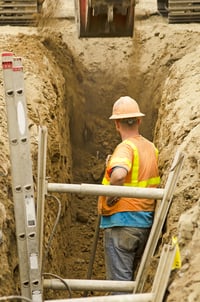 “A trench collapse can bury workers under thousands of pounds of soil and rocks in seconds, making escape and survival often impossible,” explained OSHA Regional Administrator Bill Donovan in Chicago. “With proper training and use of required safety procedures, incidents like these can be prevented. OSHA and industry employers are working hard to raise awareness of hazards and protective measures and educate employers on how they must protect workers.”
“A trench collapse can bury workers under thousands of pounds of soil and rocks in seconds, making escape and survival often impossible,” explained OSHA Regional Administrator Bill Donovan in Chicago. “With proper training and use of required safety procedures, incidents like these can be prevented. OSHA and industry employers are working hard to raise awareness of hazards and protective measures and educate employers on how they must protect workers.”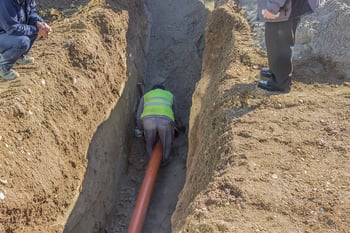

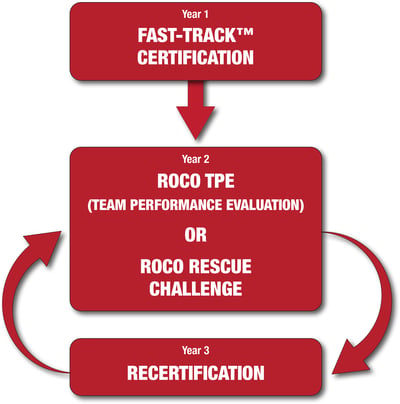 Conclusion
Conclusion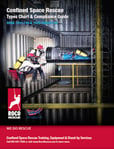
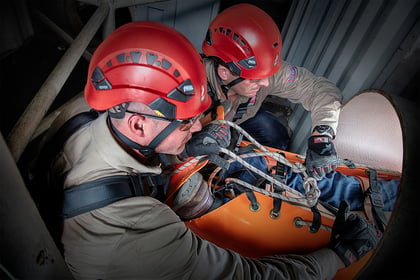 If entering permit-required confined spaces is performed at your worksite, then this is a question you absolutely should be asking yourself. And if you are, that is a good thing; it implies knowledge of OSHA’s requirement that an organization must provide for the safety of their personnel working in confined spaces.
If entering permit-required confined spaces is performed at your worksite, then this is a question you absolutely should be asking yourself. And if you are, that is a good thing; it implies knowledge of OSHA’s requirement that an organization must provide for the safety of their personnel working in confined spaces.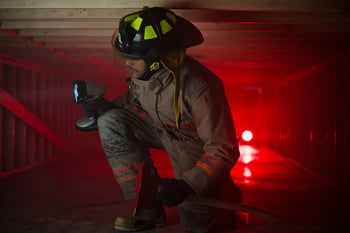 Upon learning that using local emergency services is potentially an allowable confined space rescue option, many organizations see this as the easy choice and quickly check that box. They are thrilled that they are not having to spend any money or devote any personnel to the task. These entities may also secretly wonder what all the hubbub is about regarding confined space rescue, but they very well may learn the hard way should an incident occur.
Upon learning that using local emergency services is potentially an allowable confined space rescue option, many organizations see this as the easy choice and quickly check that box. They are thrilled that they are not having to spend any money or devote any personnel to the task. These entities may also secretly wonder what all the hubbub is about regarding confined space rescue, but they very well may learn the hard way should an incident occur.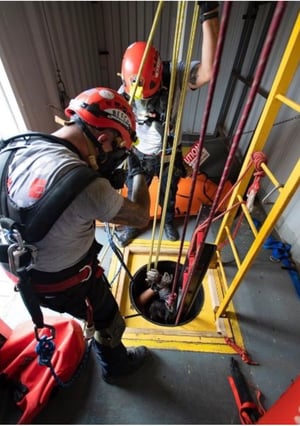 When contemplating the utilization of in-house teams, it is important to note the composition of most. It is the rare organization that staffs personnel whose sole job it is to provide confined space rescue and standby services. Most in-house teams consist of personnel who have other jobs, e.g., operators, engineers, maintenance persons, etc., who are trained to provide rescue and thus called out for standbys or actual emergencies.
When contemplating the utilization of in-house teams, it is important to note the composition of most. It is the rare organization that staffs personnel whose sole job it is to provide confined space rescue and standby services. Most in-house teams consist of personnel who have other jobs, e.g., operators, engineers, maintenance persons, etc., who are trained to provide rescue and thus called out for standbys or actual emergencies.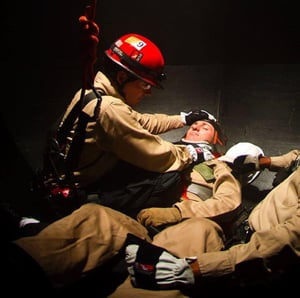 This brings us to the third option—contracted rescue services. If an organization infrequently performs permit-required entries, this option makes good sense. And it can be a far less expensive option than training, staffing, and equipping an in-house team.
This brings us to the third option—contracted rescue services. If an organization infrequently performs permit-required entries, this option makes good sense. And it can be a far less expensive option than training, staffing, and equipping an in-house team.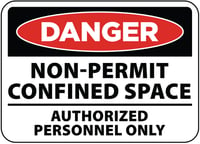 Regardless of which option you choose for confined space rescue services, it is important that you do it right. If you are contracting out the provision of rescue, you are obligated to thoroughly investigate the provider’s credentials and client references. You can be assured that when an accident happens, OSHA will perform a forensic review of your documentation and your policies, as well as those of your rescue service. If you have skipped a step or only addressed them in cursory fashion, OSHA will discover it and potentially issue citations and fines. But one should never lose sight of the fact that the real loser in this scenario is the employee who receives poor or delayed care during the emergency.
Regardless of which option you choose for confined space rescue services, it is important that you do it right. If you are contracting out the provision of rescue, you are obligated to thoroughly investigate the provider’s credentials and client references. You can be assured that when an accident happens, OSHA will perform a forensic review of your documentation and your policies, as well as those of your rescue service. If you have skipped a step or only addressed them in cursory fashion, OSHA will discover it and potentially issue citations and fines. But one should never lose sight of the fact that the real loser in this scenario is the employee who receives poor or delayed care during the emergency.


